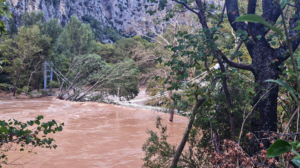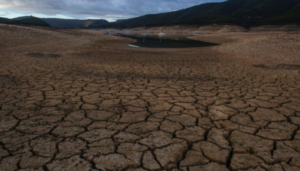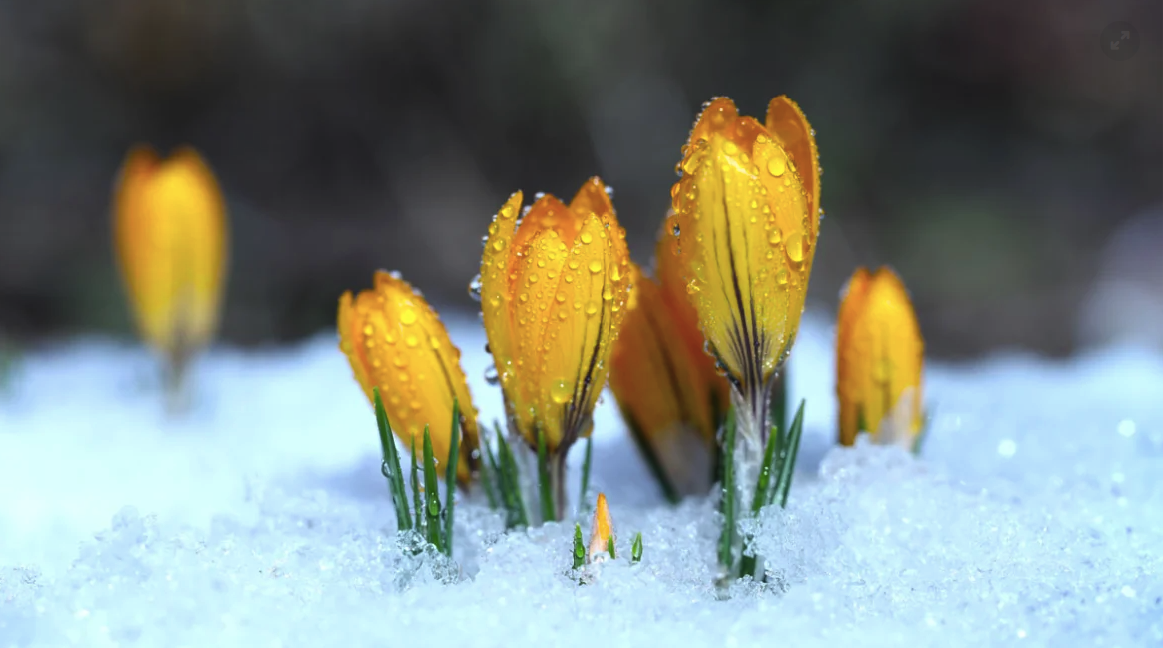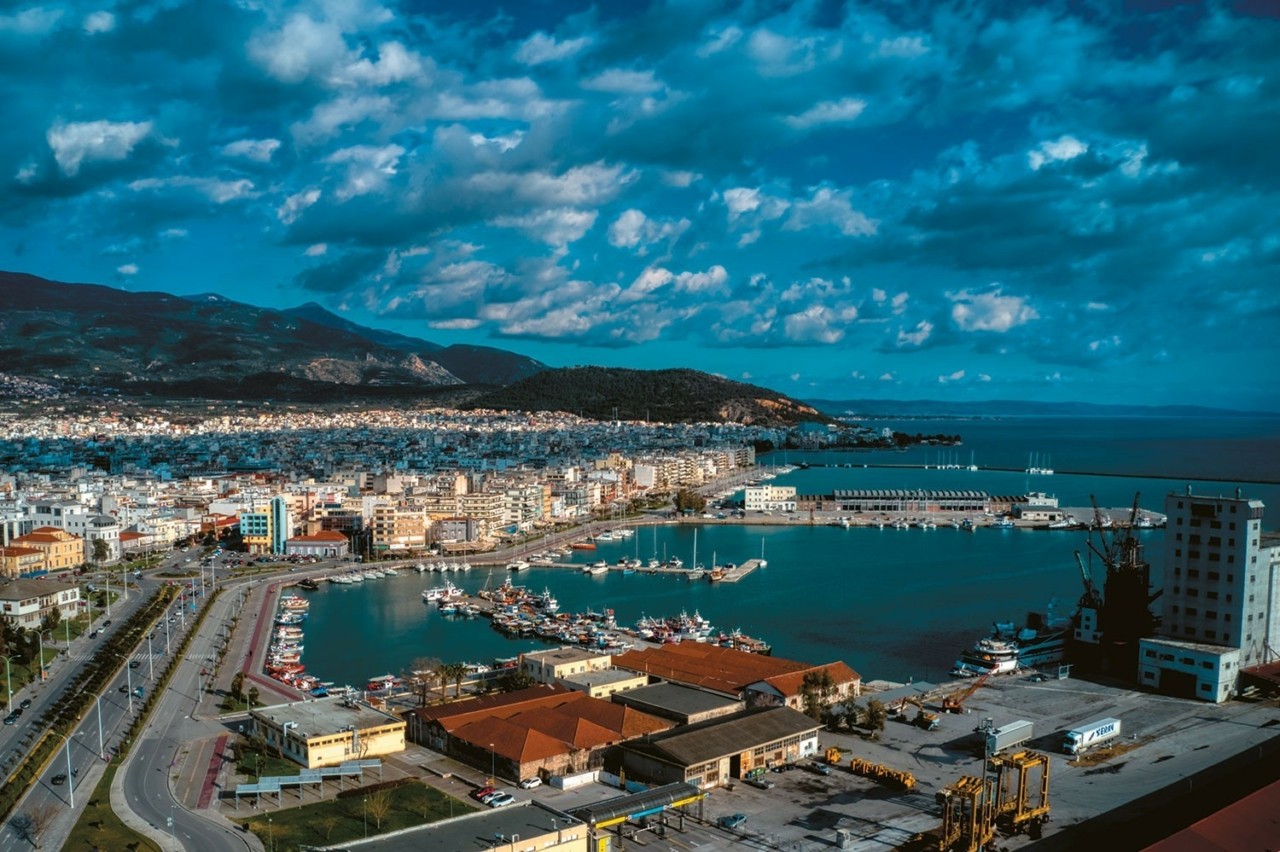For America, the past few months, those that belonged to the winter season, were the warmest on record.
Specifically, from December to February, the greatest temperature impacts occurred in the Upper Midwest, Great Lakes and Northeast, and in February, Alaska was 12 degrees Celsius warmer on average.
The same month was also the warmest February on record globally, according to the European Union’s climate agency Copernicus, which had recorded that 2023 was the warmest year on record and the first time the planet exceeded 1.5 degrees Celsius of average planetary warming since the start of the industrial revolution.
All these effects of climate change have naturally led to winters becoming shorter and appearing markedly different from previous years.
And while warmer winter temperatures may sound like a welcome change for some, their effects can be far-reaching.
For example, mosquitoes may appear earlier in the spring, increasing the chances of transmitting vector-borne diseases such as dengue. Many crops, such as fruit and nut trees, require a certain amount of cold each winter, known as “freezing hours”.
Without this, they produce less during the summer months.
In addition, more precipitation falls as rain instead of snow, increasing the risk of winter flooding as rivers flood.
All of the above seem to become a more common pattern as the years pass. “As the planet warms and temperatures rise, the seasonal window for cold weather is getting smaller and smaller.
This means that the onset of what we think of as “spring” is getting earlier and earlier,” University of Pennsylvania climatologist Michael Mann tells Vox. So what’s at stake when spring comes earlier?
Warm winters – serious consequences
Warmer winters certainly mean fewer opportunities to enjoy snow, sledding and skiing or playing on the ice. But as well as making some activities less feasible, warmer winters are also going to have devastating environmental impacts.
Reducing the ice
Antarctic sea ice has once again hit record lows, with scientists wondering if this is the beginning of the end. Great Lakes ice is also on a downward trend, scientists say, and a recent study found a 70% decline in lake ice cover between 1973 and 2017. What’s wrong with that, you may be wondering.
That ice acts as a buffer for large, windy waves in the winter, according to scientists. So without this ice, shorelines are more vulnerable to erosion and flooding.

Of course, thin ice alone already has deadly consequences.
On Lake Champlain in Vermont, for example, the annual ice fishing tournament was cancelled last weekend when three fishermen died after falling through the ice. One man’s body was found hours after he was expected to return home from the lake, while the other two died when their commercial vehicle broke the ice.

The danger to food crops
Plants are blooming much earlier than usual in much of the country, a clear sign that spring is either just around the corner or has already arrived, in some places. Many plant species – including daffodils, wattle, forsythia and even cherry blossoms – are also already starting to bloom in the East.
Theresa Crimmins, director of the US National Phenology Network, said these are plants responding to very early warm temperatures.
“Plants, particularly those in temperate systems, are responding to a number of cues in order to wake up in the spring, including exposure to cold in the winter, exposure to heat in the spring and day length,” she told CNN.
However, if another cold wave occurs after an early warm spell – like the one we’re going through now – Crimmins said that could be disruptive and detrimental to the plant cycle.
In addition, as flower buds develop, many species lose their ability to tolerate cold temperatures, meaning a cold snap could kill flowers and leave fruit crops and other produce vulnerable to spring frosts.
This is something that applies to the whole world. For example, this February, with high temperatures hitting wheat-producing states like Rajasthan and Gujarat, India set up a committee to monitor the impact of rising temperatures on crops, according to Reuters.
The tax office’s tool sweeping movements of bank accounts is ready
Animals and high temperatures
Plants and animals could also lose their growth and hibernation cycles.
According to Theresa Crimmins, director of the National Phenology Network and associate professor at the University of Arizona, the pollination schedules of plants could be upended if they emerge earlier than usual and the insects that pollinate them are not yet ready to do so.
In addition, pests such as mosquitoes could also become more prevalent, Crimmins says, and potentially contribute to more disease, since colder winters tend to reduce their population.
Copernicus: The winter of 2023-2024 was the warmest ever in Greece – meteo maps
Water supplies under threat
The change in winter could also have a significant impact on water supplies, leading to far less snowpack than people currently rely on in many parts of the world.
With frozen snow that melts slowly over time being an important source of water for many countries, this resource could be significantly reduced if there is not much snow.
“Water supply affects almost everything, but not just our drinking water: water for agriculture, water for hydropower, water for municipal uses. It’s really important,” says Cara McCarthy, a program officer at the Natural Resources Conservation Service, concerned about global drought.

Ask me anything
Explore related questions





